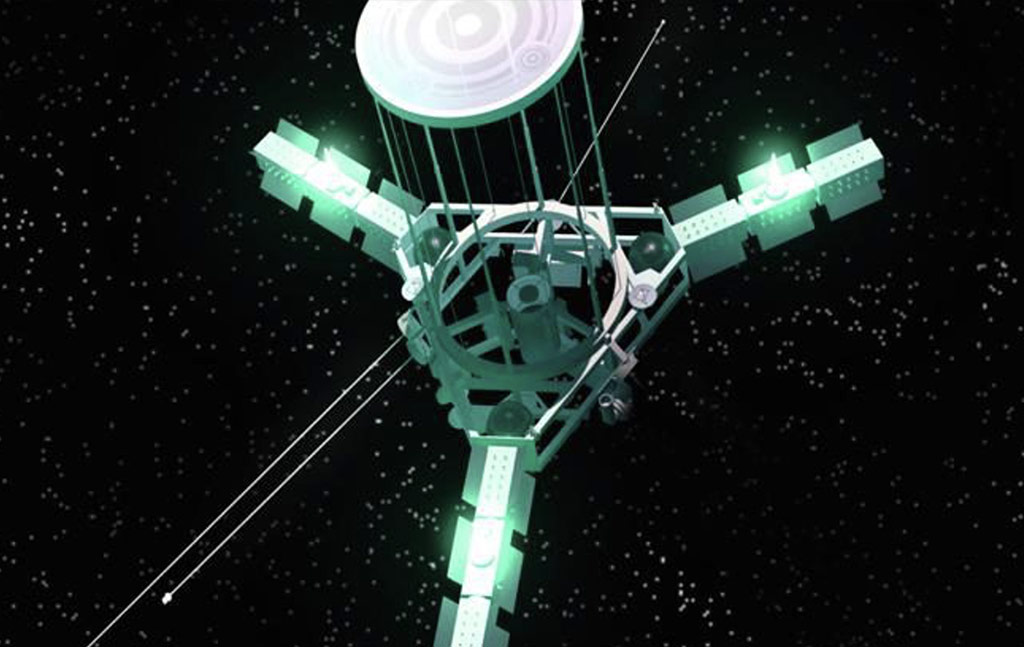Free-space optical communication – Wikipedia
Wikipedia, Aprill 22, 2023. https://en.wikipedia.org/wiki/Free-space_optical_communication Free-space optical communication (FSO) is an optical communication technology that uses light propagating in free space to wirelessly transmit data for telecommunications or computer networking. “Free space” means air, outer space, vacuum, or something similar. This contrasts with using solids such as optical fiber cable. The technology is useful where […]
Free-space optical communication – Wikipedia Read More »



